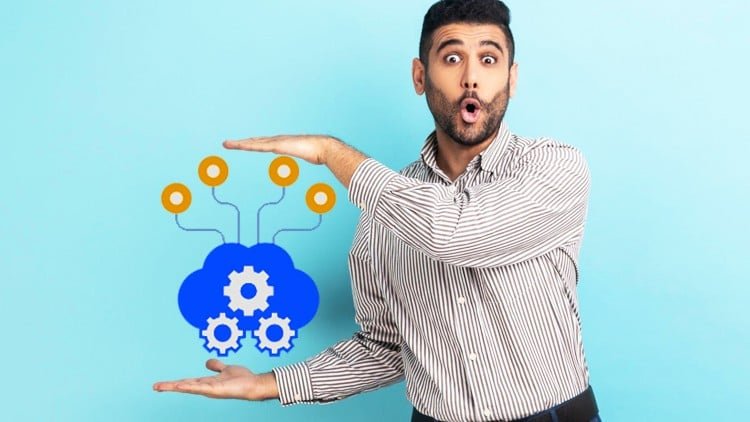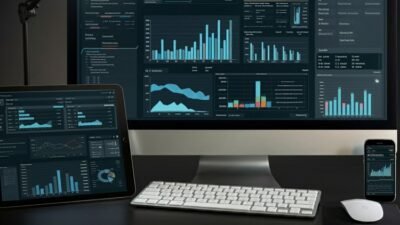Edge computing is revolutionizing how data is processed, stored, and analyzed by bringing computation and data storage closer to the location where it is needed. The "Master Course of Edge Computing 3.0" on Udemy is an extensive program designed to equip learners with the essential skills in edge computing, wireless communication, and cloud technologies. This course is tailored for those interested in harnessing the power of edge computing, particularly in the context of 5G technology. Below is a detailed review of the course structure and content.
What you’ll learn
Upon completing this course, you will acquire a robust set of skills and knowledge in several key areas:
- Fundamentals of Edge Computing: Understanding the core concepts and architecture of edge computing, distinguishing it from traditional cloud computing.
- Wireless Communication Principles: Grasping the essentials of wireless communication technologies that support edge devices.
- 5G Technology: Exploring the features and capabilities of 5G and its critical role in enabling edge computing solutions.
- Cloud Computing Synergy: Learning how edge computing works in conjunction with cloud computing for optimized data handling.
- IoT Integration: Understanding how edge computing interfaces with the Internet of Things (IoT) and its implications for real-time data processing.
- Real-World Applications: Gaining insights into practical applications across various industries, including smart cities, healthcare, and autonomous systems.
- Hands-on Projects: Engaging in real-world project examples to apply learned concepts effectively.
Through a blend of theoretical foundations and practical examples, this course ensures you become well-versed in the technologies shaping the future of data processing.
Requirements and course approach
Before enrolling in the "Master Course of Edge Computing 3.0," a few prerequisites are recommended but not mandatory:
- Basic Understanding of Networking: While advanced knowledge is not required, familiarity with networking concepts can enhance comprehension.
- Interest in Emerging Technologies: A passion for learning about new technology trends will significantly benefit your learning experience.
The course takes a well-structured approach with a mix of video lectures, quizzes, and practical exercises that cater to various learning styles. You can expect:
- Interactive Content: Engaging lessons that encourage participation and reflection.
- Quizzes for Self-Assessment: Frequent quizzes to reinforce your understanding and gauge your progress.
- Real-World Scenarios: Case studies that emphasize how edge computing is being utilized in industry settings.
- Lifetime Access: Enrolling gives you lifetime access to the course materials and updates, allowing you to revisit complex topics at your own pace.
Who this course is for
This course is ideal for:
- Beginners: Individuals new to edge computing and wanting to understand the foundational principles that drive this technology.
- Intermediate Learners: Those with prior knowledge of cloud computing or networking who wish to deepen their understanding of edge technologies and their applications.
- Professionals in Tech: IT professionals, developers, and engineers looking to expand their skill set to include edge computing as part of their repertoire.
- Students: University students in tech-related fields seeking practical insights and hands-on experiences relevant to their education.
No matter your background, the course presents valuable knowledge that can significantly enhance your career prospects in the fast-evolving tech landscape.
Outcomes and final thoughts
Completing the "Master Course of Edge Computing 3.0" equips you with a comprehensive understanding of an essential technology that is reshaping the way we interact with data. You’ll finish the course with not only theoretical knowledge but also practical skills that can be applied in real-world scenarios, giving you a competitive edge in the job market.
In summary, this course is a fantastic resource for anyone looking to delve into the world of edge computing, augmenting your existing knowledge and preparing you for future opportunities. Whether you aim to implement edge computing solutions at your workplace or simply want to stay ahead in this dynamic field, this course is an invaluable stepping stone toward achieving your goals. Happy learning!




